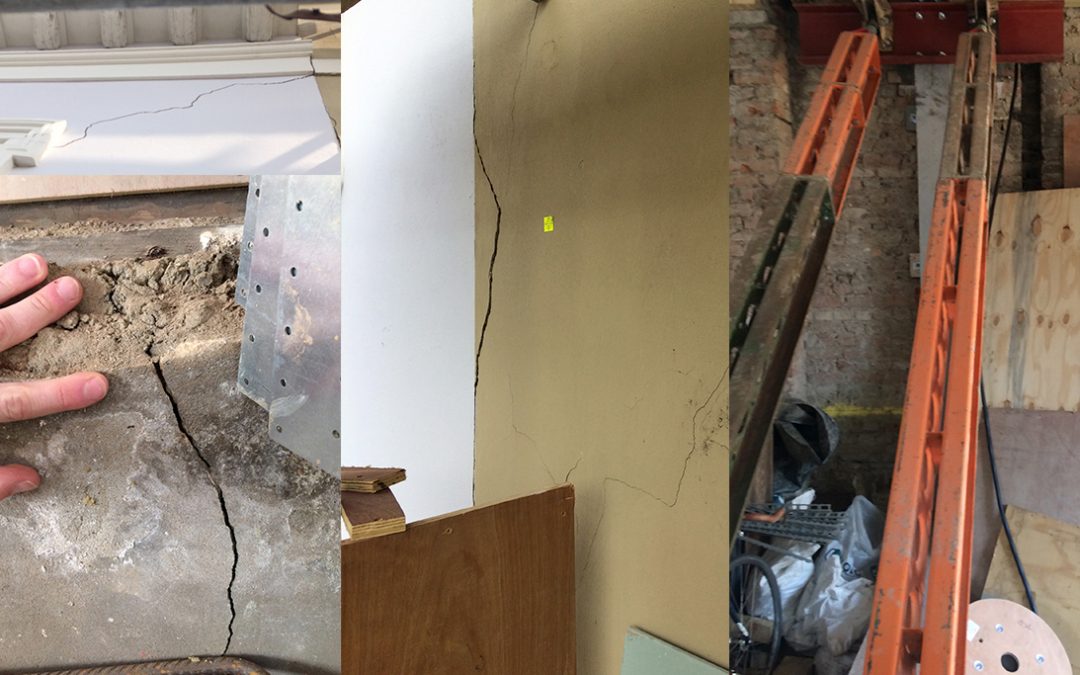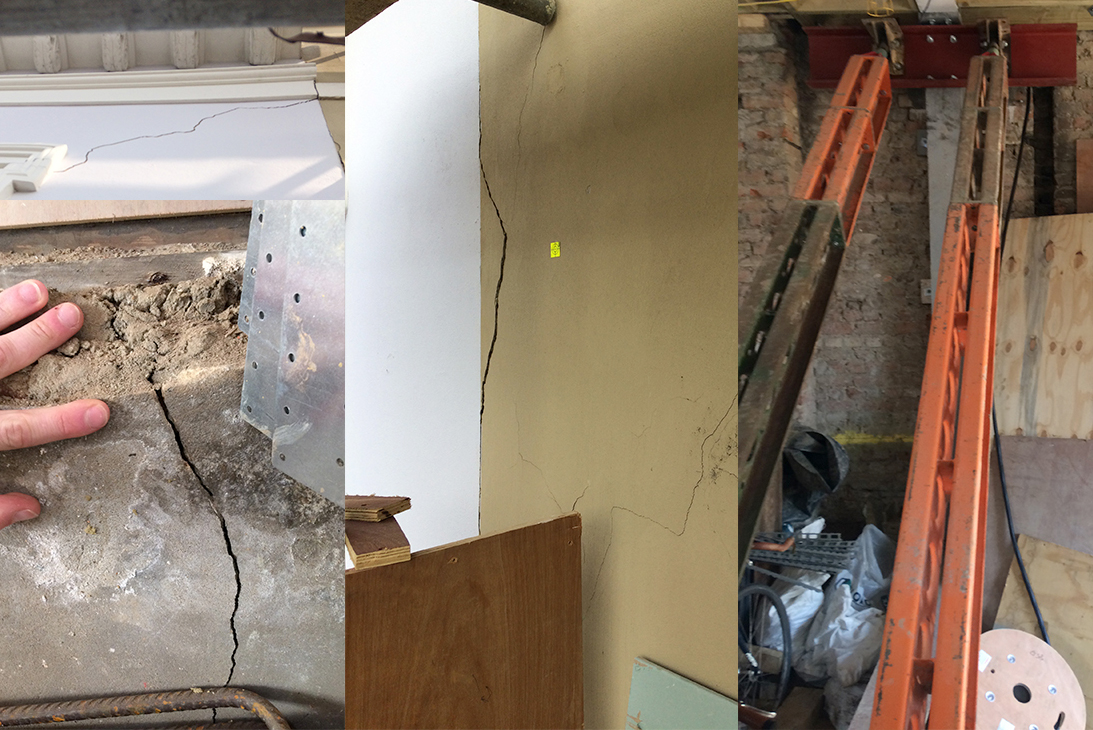Potential Building Collapse Averted
by adsoxford | Nov 5th 2019

Potential Building Collapse Averted
5th November 2019
Geotechnical • Specialist Services
A potential building collapse in London was adverted thanks to the diligent approach of a Ground & Water engineer.
Our Client
Our Client was a construction company based in central London. Given the nature of the challenge we worked in conjunction with a structural engineering firm.
Preliminary-Assessment
The review of the previous site investigation report, revealed it had identified a thin capping of Made Ground over soils of the London Clay Formation. It reported there was no groundwater present. However, evaluation by Ground and Water’s geotechnical engineer of the underpins, indicated Made Ground around them to deeper depths, with perched water within the Made Ground causing collapse of the soils.
Our Challenge
Basement excavation works, at a Victorian residential property in West London had run into difficulties, when movement within the existing building occurred. This was focused around the front elevation wall, with cracking also noted on the western and the northern party walls.
Issues with the underlying geology were suspected and Ground and Water was contacted and asked to review the existing ground investigation, carried out by a third party. Given the potential for further movement and potential collapse, an urgent investigation to reveal the cause of the movement was required. This would inform an amended design to temporary underpinning works, preventing further issues.
The Ground & Water Approach
It was clear that an intrusive investigation was required, comprising Window Sampler boreholes, Heavy Dynamic Probing and Hand Shear Vane tests. These were undertaken to assess the surrounding ground conditions where excavations had begun to create the hit and miss underpins, required to construct the basement.
Deep Made Ground to 3.00m bgl was found in one of the boreholes. This contradicted the findings of the previous flight augured (CFA) site investigation. This deep Made Ground pocket suggested the ground in this area and potentially other areas on site, was less stable and much more variable in nature compared with the natural soils. Although no groundwater was found during the original intrusive investigation, perched water was spotted in the base of one of the underpins, seeping out from the base of the deep Made Ground. This water would have softened the soils, and given the inherent variability of Made Ground, excessive settlement had occurred leading to subsidence and ultimately the movement of the building.
The Outcome
Based on the intrusive investigation and laboratory testing results, a revised view of the underlying geology was considered, and the temporary works were re-designed to take into account the deeper Made Ground and perched water. Information of temporary footing design, including anticipated settlements on loading, was provided in a final report to aid this. Thankfully, the works undertaken by Ground & Water identified the reason for movement. Working with structural engineering partners, a remedial solution was designed, which once in place, enabled a very relieved developer to start digging again.
Basement Risk Assessments
Ground & Water specialises in basement risk assessments.

